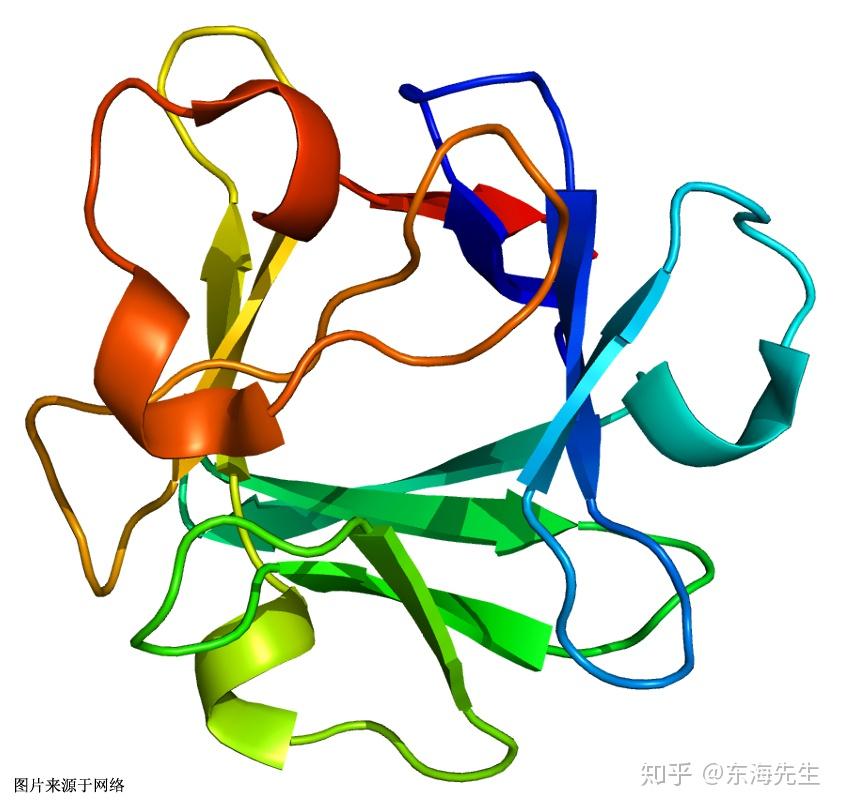

One is the Ras- Raf- mitogenactivated protein kinase (MAPK) proliferation pathway ( Kouhara et al., 1997). FGFs bind tyrosine-kinase receptors, FGF receptors (FGFR) 1-4 and then activate mainly two signaling cascades downstream of the FGFRs to stimulate proliferation or survival. In stem cells such as hematopoietic, mesenchymal, neural, and embryonic stem cells, FGFs regulate the self-renewal, maintenance, and proliferation ( Craig et al., 1996 Quito et al., 1996 Gritti et al., 1999 Yeoh and de Haan, 2007).

FGFs are secreted during the healing process of fractures or in sites of bone surgery, implying that FGFs are an important factor in bone development and regeneration ( Bolander, 1992). In humans, 22 members of the FGFs family have been identified. FGFs have a heparin-binding site and interaction with heparin-like molecules is necessary for their stable interaction with FGFRs and local signaling ( Goetz et al., 2007). Among these factors, FGF-2 is the most common growth supplement used in MSC culture media.įGFs belong to a family of heparin-binding growth factors that are known to regulate proliferation, migration, survival, and differentiation in many different cell types and tissues ( Oh and Eom, 2016 Okada-Ban et al., 2000 Eswarakumar et al., 2005). To increase the growth rates of MSCs, fibroblast growth factor (FGF)-2, platelet-derived growth factor (PDGF), epidermal growth factor (EGF), and vascular endothelial growth factor (VEGF) are often used to obtain large number of MSCs in ex vivo expansion ( Zaragosi et al., 2006 Larghero et al., 2008 Tarte et al., 2010).
#FGF 2 SIGMA SERIAL#
Moreover, it is important to establish in vitro culture conditions that maintain the stemness, which can be defined by their potential to proliferate and differentiate and known to decrease during serial passage gradually. Thus, to obtain large number of MSCs, many investigators have extensively examined optimal culture parameters, including basal medium, glucose concentration, stable glutamine, mononuclear cell plating density, MSC passaging density, plastic surface quality, and growth factors ( Colter et al., 2000 Lee et al., 2013 Sekiya et al., 2002 Yang et al., 2015). Although MSCs can be expanded for clinical use in a relatively short time period ( Colter et al., 2000 Sekiya et al., 2002), it has been reported that the proliferation rate and differentiation ability of MSCs are gradually decreased and MSCs become easily senescent during serial passages ( Digirolamo et al., 1999 Ksiazek, 2009). Mesenchymal stem cells (MSCs) have been used for cell-based tissue engineering and regenerative medicine due to their capacity of self-renewal, multi-lineage differentiation ( Pittenger et al., 1999 Jiang et al., 2002 Schwartz et al., 2002), and their therapeutic properties, such as migration to the site of damage ( Caplan, 1991 Prockop, 1997), expression of trophic factors, and immunosuppressive potential ( Kwon et al., 2006 Prockop and Olson, 2007). Keywords : Mesenchymal stem cell, Fibroblast growth factor-2, Senescence, Autophagy, Proliferation

In conclusion, we showed that 10 ng/ml of FGF-2 was inadequate for ex vivo expansion of BMSCs because 10 ng/ml of FGF-2 induced growth retardation via ERK1/2 de-phosphorylation and induction of autophagy and senescence in BMSCs. 10 ng/ml of FGF-2 induced immediate de-phosphorylation of ERK1/2, expression of LC3-II, and increase of senescence associated β-galactosidase (SA-β-Gal, senescence marker) expression. FGF-2 increased the growth rate of BMSCs in a dose dependent manner for a short term (3 days), while during long term cultures (2 months), population doubling time was increased and accumulated cell number was lower than control in BMSCs when cultured with 10 ng/ml of FGF-2. In this study, we investigated the effects of high dose FGF-2 (10 ng/ml) on proliferation, autophagy and senescence of BMSCs for long term cultures (i.e., 2 months). Previously, we reported that low dose of FGF-2 (1 ng/ml) induced proliferation of bone marrow-derived mesenchymal stem cells (BMSCs) through AKT and ERK activation resulting in reduction of autophagy and senescence, but not at a high dose. Fibroblast growth factor (FGF)-2 is one of the most effective growth factors to increase the growth rate of mesenchymal stem cells (MSCs).


 0 kommentar(er)
0 kommentar(er)
